I hope this question is on-topic for this site.
The city I live in (Chennai, in India) got a rapid transit metro rail a few years ago that uses overhead electrification of 25kV, 50Hz AC voltage to power the trains. I also know several other rapid transits over the world sometimes use a different method of powering trains called a "third rail", where a solid rail close the ground, which carries 700-1000V DC voltage to power the trains.
Doing some research, I read that the overhead voltages can carry high voltages since they are located high above the ground and thus, wont arc to the ground due to the capacitance, and the sheer magnitude of the AC voltage. This seems to be the reason why third rails use such thick rails, to carry high current with such lower voltages to output the same power an overhead rail would.
Now, the rapid transit in my city has some sections elevated and some underground. The elevated sections have a catenary wire like arrangement for the overhead electrification, while the underground portions have a solid metal rod attached to the top of a circular tunnel. A picture of this rapid transit's tunnel at a crossover is here:
Now, since the tunnel is underground, the earth surrounds the tunnel from all directions, including up. Wouldnt the same problem of the third rail, i.e, arcing to the ground also occur here. What is preventing the 25kV AC from arcing to the ceiling (which is infact the earth, so it's more or less similar to grounding).
Can someone please help me understand what I'm missing here?
Edit: another relevant picture of the tunnel itself for viewer 
